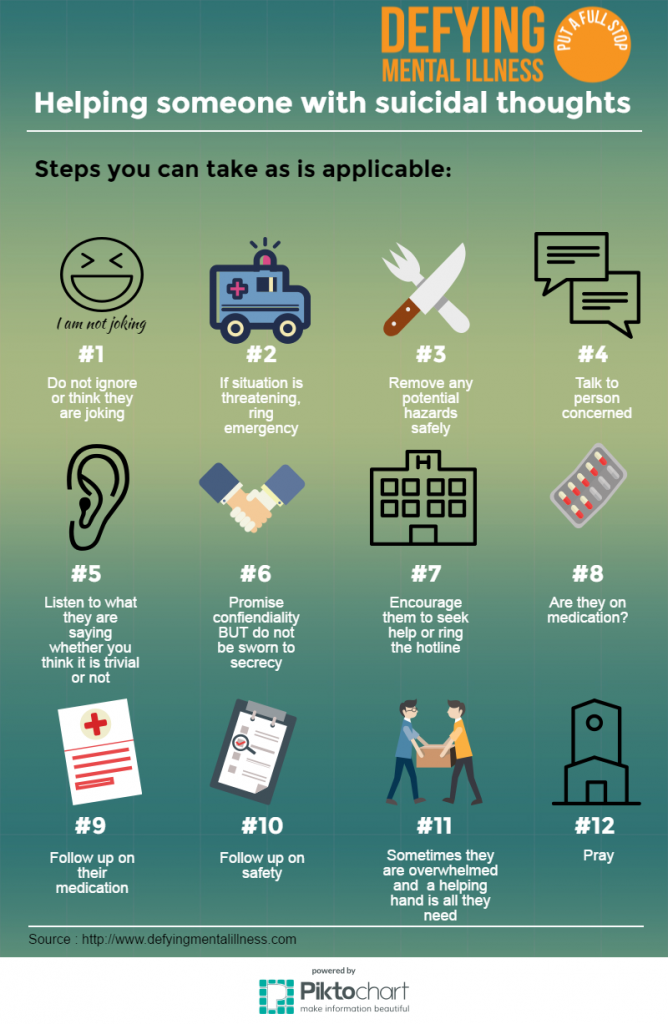State of mind stabilizers assist to calm areas of the mind that are influenced by bipolar affective disorder. These medications are most reliable when they are taken consistently.
It might take a while to find the right medication that works finest for you and your medical professional will certainly check your condition throughout treatment. This will include normal blood examinations and possibly a change in your prescription.
Neurotransmitter guideline
Natural chemicals are a team of chemicals that regulate one another in healthy individuals. When levels end up being unbalanced, this can cause state of mind problems like depression, anxiety and mania. Mood stabilizers help to prevent these episodes by assisting control the equilibrium of these chemicals in the mind. They additionally might be made use of alongside antidepressants to enhance their effectiveness.
Medications that work as mood stabilizers include lithium, anticonvulsants and antipsychotics. Lithium is possibly the most well known of these medicines and works by impacting the circulation of salt with nerve and muscle mass cells. It is usually utilized to deal with bipolar illness, yet it can additionally be handy in dealing with various other state of mind problems. Anticonvulsants such as valproate, lamotrigine and carbamazepine are additionally reliable state of mind maintaining drugs.
It can spend some time to locate the ideal kind of medicine and dose for every individual. It is very important to deal with your physician and participate in an open dialogue regarding how the medication is working for you. This can be especially helpful if you're experiencing any negative effects.
Ion network inflection
Ion networks are a significant target of state of mind stabilizers and numerous other drugs. It is now well developed that they are vibrant entities that can be regulated by a range of external stimuli. In addition, the inflection of these networks can have a variety of temporal effects. At one extreme, changes in gating characteristics might be quick and immediate, as in the nicotinic acetylcholine receptor/channel system. At the other end of the spectrum, covalent modification by healthy protein phosphorylation might lead to modifications in channel feature that last much longer.
The field of ion channel inflection is getting in a duration of maturity. Recent researches have actually demonstrated that transcranial focused ultrasound (United States) can boost nerve cells by triggering mechanosensitive potassium and sodium networks installed within the cell membrane. This was shown by revealed channels from the two-pore domain potassium family members in Xenopus oocytes, and concentrated US significantly regulated the present streaming through these networks at a holding voltage of -70 mV (ideal panel, relative result). The outcomes are consistent with previous observations revealing that antidepressants affecting Kv channels manage glia-neuron interactions to contrary depressive-like cbt therapy actions.
Neuroprotection
Mood stabilizers, like lithium, valproic acid (VPA), and carbamazepine, are essential in the therapy of bipolar illness, which is defined by reoccurring episodes of mania and clinical depression. These medicines have neuroprotective and anti-apoptotic residential properties that help to stop mobile damage, and they additionally improve cellular strength and plasticity in inefficient synapses and neural wiring.
These safety actions of state of mind stabilizers may be moderated by their restraint of GSK-3, inositol signaling, and HDAC activity. In addition, long-lasting lithium therapy secures against glutamate excitotoxicity in cultured nerve cells-- a design for neurodegenerative disorders.
Researches of the molecular and cellular results of mood stabilizers have actually revealed that these medications have a variety of intracellular targets, consisting of multiple kinases and receptors, in addition to epigenetic modifications. Refresher course is needed to establish if mood stabilizers have neurotrophic/neuroprotective activities that are cell type or wiring certain, and how these impacts may match the rapid-acting therapeutic action of these agents. This will certainly help to create new, much faster acting, more efficient treatments for psychiatric illnesses.
Intracellular signaling
Cell signaling is the procedure by which cells interact with their environment and other cells. It entails a sequence of action in which ligands communicate with membrane-associated receptors and bring about activation of intracellular pathways that manage important downstream mobile functions.
State of mind stabilizers act on intracellular signaling with the activation of serine-threonine healthy protein kinases, leading to the phosphorylation of substratum proteins. This triggers signaling waterfalls, resulting in adjustments in gene expression and mobile function.
Numerous state of mind stabilizers (including lithium, valproate and lamotrigine) target intracellular signaling pathways by hindering particular phosphatases or turning on specific kinases. These impacts create a reduction in the task of these paths, which results in a decrease in the synthesis of certain chemicals that can impact the mind and lead to signs of clinical depression or mania.
Some mood stabilizers likewise function by enhancing the activity of the repressive neurotransmitter gamma-aminobutryic acid (GABA). This improves the GABAergic transmission in the mind and reduces neural activity, therefore producing a soothing result.
